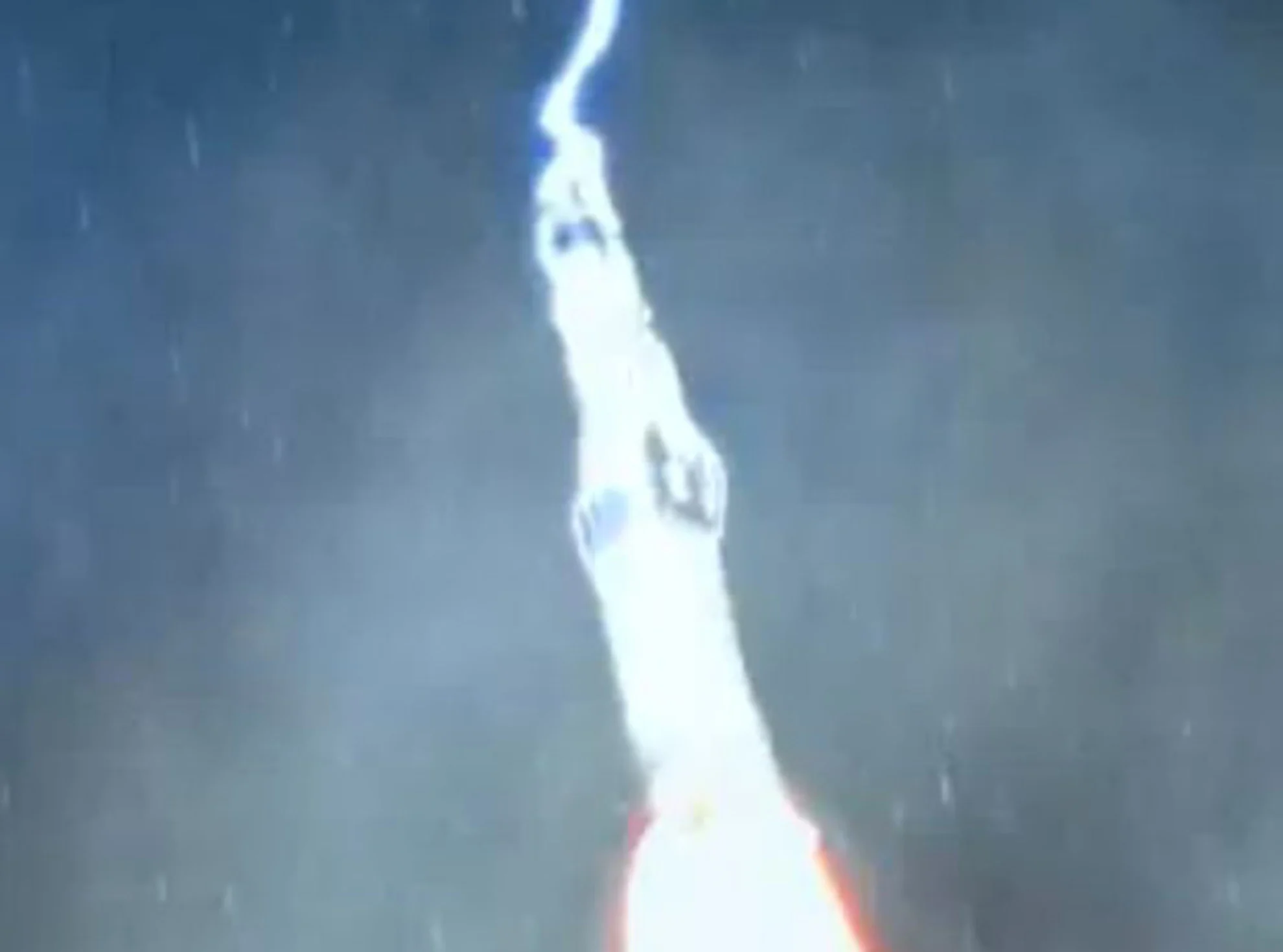
What happened when two bolts of lightning struck Apollo 12
Two bolts of lightning struck Apollo 12 just seconds after liftoff, but quick thinking saved the mission from failure
This Day In Weather History is a daily podcast from The Weather Network, featuring stories about people, communities and events and how weather impacted them.
--
On November 14, 1969, at 11:22 a.m. ET, NASA astronauts Charles "Pete" Conrad, Alan Bean, and Richard "Dick" Gordon blasted off aboard Apollo 12 on the second human mission to the Moon.
Just 36 seconds after liftoff, a bolt of lightning lanced out from the grey clouds over the launch site, connecting with the rocket as it climbed towards space. Less than 20 seconds later, a second lightning strike zapped the rocket.
While the Saturn V booster was largely unaffected by these strikes, and continued to carry the crew and their spacecraft towards orbit, the intense discharges of electricity had a profound effect on the Apollo 12 command module.
Several systems were knocked out by the first strike. The fuel cells disconnected from the Saturn V's power, a number of external sensors were lost, and power failed to the system that relayed the spacecraft's data to both the crew and Mission Control. Before anything could be done to address those problems, the second strike then knocked out the guidance system.
With no idea where they were and where they were headed, and running on internal power long before they intended, it was the quick thinking of one NASA engineer —John Aaron — that saved the mission from failure.
Learn more about how this incident and how influenced all future space launches on "This Day In Weather History."
This Day In Weather History is a daily podcast by The Weather Network that features unique and informative stories from Canada and around the world.
Subscribe to 'This Day in Weather History': Apple Podcasts | Amazon Alexa | Google Assistant | Spotify | Google Podcasts | iHeartRadio | Overcast'
